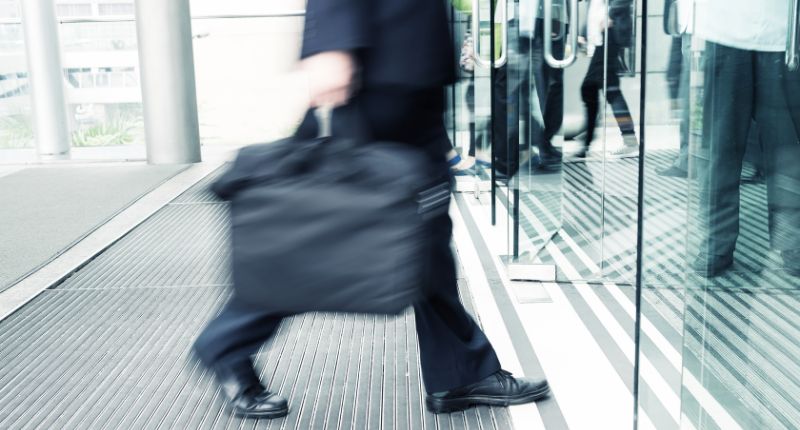
- Australian CBDs occupancy at 71% of pre-pandemic levels, marking a notable rebound.
- Return-to-office gains consistent across the work week.
- Office attendance rises as large companies enforce return-to-office policies.
More Australians have been returning to the office, with the national CBD occupancy rate reaching 71% of pre-pandemic levels in Q3, according to CBRE’s latest research.
Offices filling up after post-pandemic lull
A notable increase from Q3 2022’s 54%, this trend illustrates that employers have been successfully luring workers back to the office.
Australian office occupancy compared to pre-COVID benchmark

“Companies and employees alike are acknowledging the importance of face-to-face collaboration and the synergy it brings to their operations,” said CBRE’s Australian head of office research, Tom Broderick.
“Every major CBD market in Australia has recorded increased occupancy rates over the past 12 months, with the smaller markets of Perth and Adelaide having rebounded impressively, nearing pre-pandemic levels on peak days.”
Australian office occupancy by CBD market in Q3 2023 versus pre-COVID levels

Broderick argued that because Perth and Adelaide saw fewer pandemic lockdowns, working from home was less common in these capitals.
Notably, the larger CBDs have been trending in the same direction, with Sydney and Brisbane’s occupancy rates hanging around 75% of pre-COVID levels during Q3 2023.
Likewise, Melbourne witnessed a comparable upturn, though advancing from a lower starting point, posting an occupancy rate of 56% of its pre-COVID level.
Consistent attendance across the workweek
CBRE’s research also noted that the rise in national office attendance over the past 12 months was consistent throughout the work week.
Australian office occupancy by workday

Midweek remained the widely favoured time to go to the office, with Tuesday to Thursday attendance averaging 76% of its pre-COVID level in Q3 2023, up from Q3 2022’s 55%.
While having risen by 14 percentage points over the past 12 months, Friday remained the least preferred day to drop by the office, with Friday occupancy averaging 60% of its pre-COVID level in Q3.
Furthermore, Mondays have grown on employees, with Q3 Monday attendance rates averaging 70% of pre-COVID levels.
More Australian corporates calling workers back to the office
CBRE’s pacific head of investor leasing, Tim Courtnall, predicted that the national rise in office attendance would persist as more large companies enacted explicit return-to-office policies.
“CBRE’s 2023 Global Occupier Sentiment Survey found that 69% of Asia Pacific respondents – versus just 45% from the US – have set a goal for employees to be mostly or fully in-office, and this has been reflected in recently introduced policies by some major corporates in Australia requiring a minimum 50% attendance rate during the week or month,” he said.
“It’s been encouraging to see global companies move away from global mandates on their work-from-home policies and give regional management autonomy to implement country-by-country policies. This approach will only have a positive impact on productivity and company culture.
“Many employers are also looking to incentivise employees to return to the office, with KPMG’s 2023 CEO Outlook finding that 74% of Australian CEOs surveyed plan to reward employees who make an extra effort to come into office with raises, promotions and more interesting work.
“This combination of push and pull factors driven by top-down policies from corporate leadership will be a key driver to sustained improvements in office attendance.”








